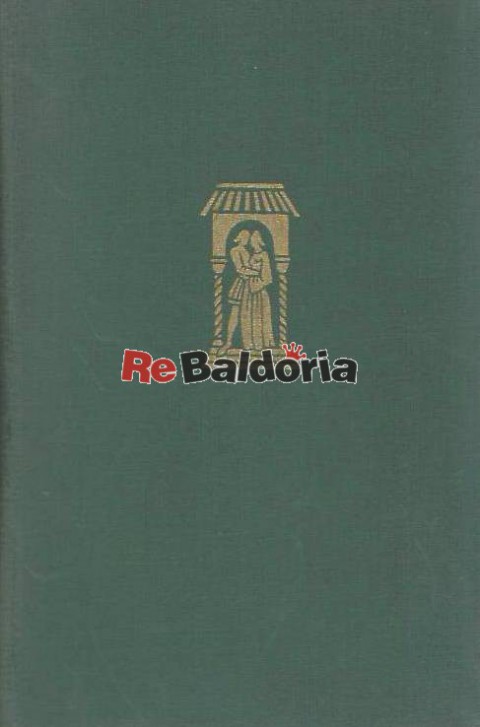

When Galehaut learned that Lancelot loved Arthur's wife, Guinevere, he set aside his own ardor for Lancelot in order to arrange a meeting between his friend and Guinevere. Galehaut was a close friend of Lancelot, but an enemy of King Arthur. The book's primary title exemplifies Boccaccio's fondness for Greek philology: Decameron combines Greek δέκα, déka ("ten") and ἡμέρα, hēméra ("day") to mean "ten-day ", referring to the period in which the characters of the frame story tell their tales.īoccaccio's subtitle, Prencipe Galeotto, refers to Galehaut, a fictional king portrayed in the 13th-century Lancelot-Grail who was sometimes called by the title haut prince "high prince". Written in the vernacular of the Florentine language, it is considered a masterpiece of classical early Italian prose. In addition to its literary value and widespread influence (for example on Chaucer's Canterbury Tales), it provides a document of life at the time. Tales of wit, practical jokes, and life lessons contribute to the mosaic. The various tales of love in The Decameron range from the erotic to the tragic. Boccaccio probably conceived of the Decameron after the epidemic of 1348, and completed it by 1353. The book is structured as a frame story containing 100 tales told by a group of seven young women and three young men they shelter in a secluded villa just outside Florence in order to escape the Black Death, which was afflicting the city. The opening woodcut shows the ten characters who tell the Decameron tales.The Decameron ( / d ɪ ˈ k æ m ər ə n/ Italian: Decameron or Decamerone ), subtitled Prince Galehaut (Old Italian: Prencipe Galeotto ) and sometimes nicknamed l'Umana commedia ("the Human comedy", as it was Boccaccio that dubbed Dante Alighieri's Comedy " Divine"), is a collection of short stories by the 14th-century Italian author Giovanni Boccaccio (1313–1375). 1588/9), who worked for William Cecil and Francis Walsingham in the Low Countries. As well as being important in its own right, this particular copy has remarkable annotations in English and Italian by the Elizabethan spy William Herle (d. Although it is based on the 1492 Florentine edition, the text was corrected with reference to early manuscripts, including one that was probably transcribed from authorial originals. This is a beautiful humanist edition of Boccaccio’s most famous work and one of the earliest with illustrations.



 0 kommentar(er)
0 kommentar(er)
